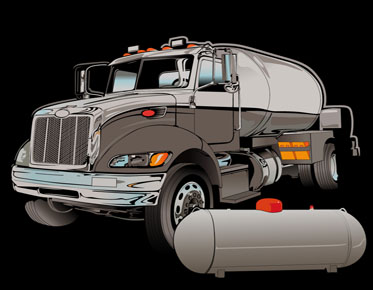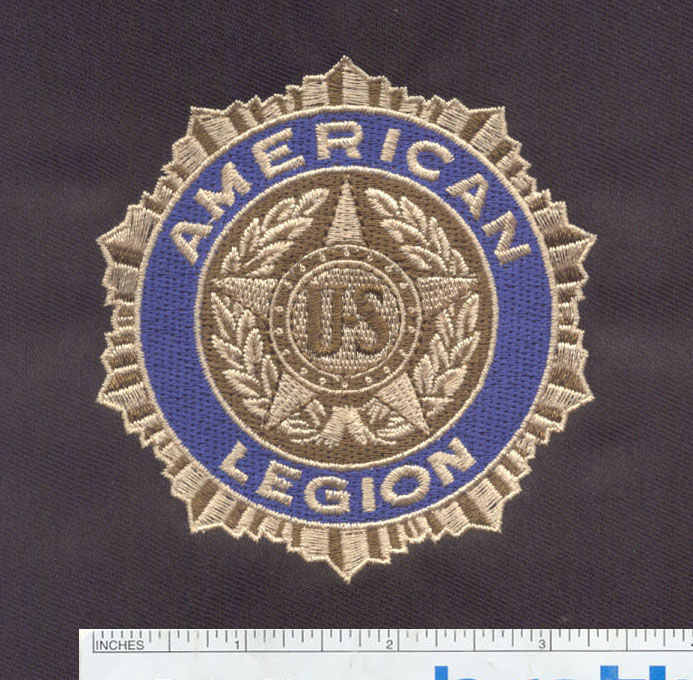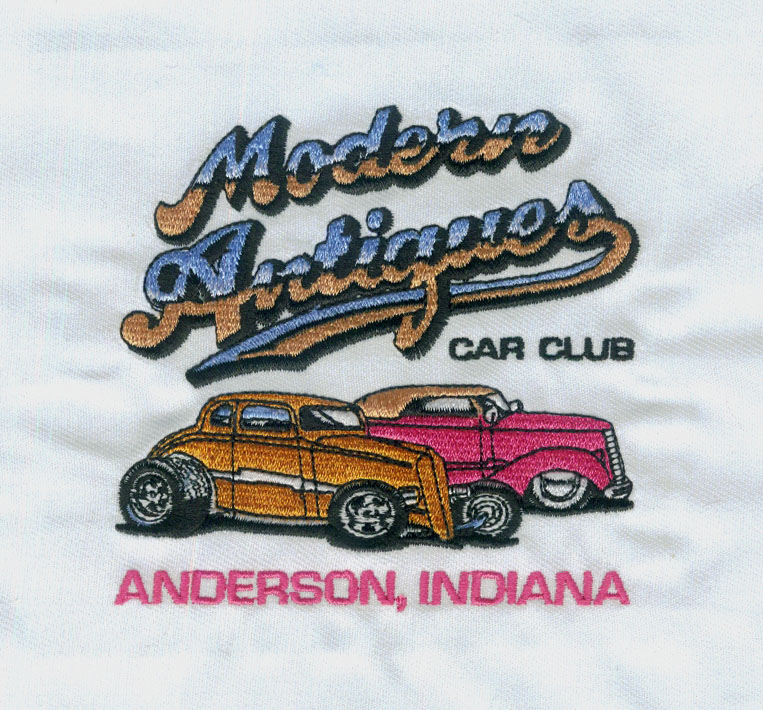Environmental Sustainability in Vector Art: Reducing Your Digital Footprint
The world of design and digital artistry has undergone a transformative shift with the advent of vector art. It has not only revolutionized how we create visual content but also presented an opportunity to contribute to environmental sustainability. As the importance of reducing our digital footprint becomes increasingly clear, this comprehensive guide will explore the role of vector art in environmental sustainability and provide practical steps for designers to minimize their ecological impact.
The Digital Revolution and Its Environmental Impact
Before delving into the sustainable aspects of vector art, it's crucial to understand the broader context of the digital revolution and its environmental implications. The rise of digital technologies has brought about unprecedented convenience and efficiency, but it has also raised concerns about energy consumption, electronic waste, and the carbon footprint of the digital industry.
Energy Consumption: Data Centers and Devices
The digital world is powered by data centers, which require vast amounts of energy to operate. Additionally, the proliferation of electronic devices, from smartphones to computers, contributes to the overall energy consumption associated with digital activities.
Electronic Waste: The E-Waste Challenge
As technology advances at a rapid pace, electronic devices have shorter lifespans, leading to a significant increase in electronic waste, or e-waste. The disposal of outdated devices and their toxic components poses environmental risks.
Carbon Footprint: Internet-Related Emissions
The carbon footprint of the internet, including data transfer and data center operations, is a growing concern. Internet-related emissions contribute to global greenhouse gas emissions, which impact climate change.
Vector Art's Environmental Advantages
Vector art, as a digital medium, offers several inherent advantages that align with environmental sustainability principles:
Scalability and Precision
Vector graphics could be scaled up or down without losing quality since it is resolution-independent. This scalability reduces the need for multiple versions of an image and minimizes storage requirements.
Reduced File Sizes
Vector files are typically smaller than their raster (pixel-based) counterparts. Smaller file sizes lead to decreased data transfer and storage demands, reducing energy consumption associated with digital activities.
Fewer Resources Required
The creation and editing of vector graphics require less computational power compared to rendering high-resolution raster images. This results in lower energy consumption when using vector art software.
Longevity and Reusability
Vector graphics maintain their quality over time, reducing the need for frequent updates and replacements. Design assets created in vector format can be reused across various projects, further reducing resource consumption.
Minimal Waste
Vector art production generates minimal waste compared to traditional art forms that use physical materials like paper, canvas, and paint.
Practical Steps Toward Sustainability in Vector Art
Now that we've established the environmental advantages of vector art, let's explore practical steps designers and artists can take to reduce their digital footprint while working with vector graphics:
1. Optimize Vector Files
When working on vector projects, optimize your files by simplifying paths and reducing unnecessary details. Streamlining vector graphics not only enhances performance but also results in smaller file sizes, reducing storage and data transfer demands.
2. Choose Green Hosting Services
If you operate a website or online portfolio to showcase your vector art, consider using green hosting services. These providers use renewable energy sources and energy-efficient data centers, minimizing the carbon footprint of your online presence.
3. Share Digital Resources
Encourage the sharing of vector resources within the design community. Platforms like Behance, Dribbble, and GitHub offer opportunities to share vector assets, reducing the need for duplicate work and lowering overall resource consumption.
4. Use Energy-Efficient Hardware
When working on vector art projects, use energy-efficient hardware such as laptops and monitors. Additionally, consider configuring your devices to maximize energy savings by adjusting screen brightness and enabling power-saving modes.
5. Implement Sustainable Printing Practices
If your vector art is intended for print, implement sustainable printing practices. Choose eco-friendly printing materials, such as recycled paper, and opt for printing companies with green certifications.
6. Educate and Advocate
Educate yourself and others about the environmental impact of digital activities and the benefits of vector art in reducing that impact. Advocate for sustainable design practices within your creative communities and networks.
7. Offset Your Carbon Emissions
Consider carbon offsetting for the digital activities associated with your vector art projects. There are organizations and initiatives that allow individuals and businesses to invest in renewable energy and reforestation projects to counteract their carbon emissions.
Environmental Sustainability in Creative Communities
Beyond individual efforts, creative communities and organizations can play a significant role in promoting environmental sustainability in the field of vector art:
Sustainable Design Competitions
Organize design competitions that focus on sustainability themes, encouraging artists and designers to create vector art that raises awareness of environmental issues and solutions.
Green Design Guidelines
Develop and promote green design guidelines that encourage designers to consider environmental impact when creating vector art. These guidelines can include recommendations for file optimization and resource sharing.
Collaboration for Conservation
Collaborate with environmental organizations to create vector art assets that support conservation and sustainability initiatives. These assets can be used for educational materials and campaigns.
Environmental Awards
Recognize and celebrate vector artists and designers who actively contribute to environmental sustainability through their work. Environmental awards can inspire others to follow suit.
The Future of Vector Art and Sustainability
As the world continues to grapple with environmental challenges, vector art offers a sustainable path forward in the realm of digital creativity. Designers and artists have the power to minimize their digital footprint, promote eco-friendly practices, and raise awareness of environmental issues through their vector art creations. By adopting sustainable design principles and advocating for environmental responsibility within creative communities, vector artists can contribute to a more sustainable and environmentally conscious future for the digital arts.



